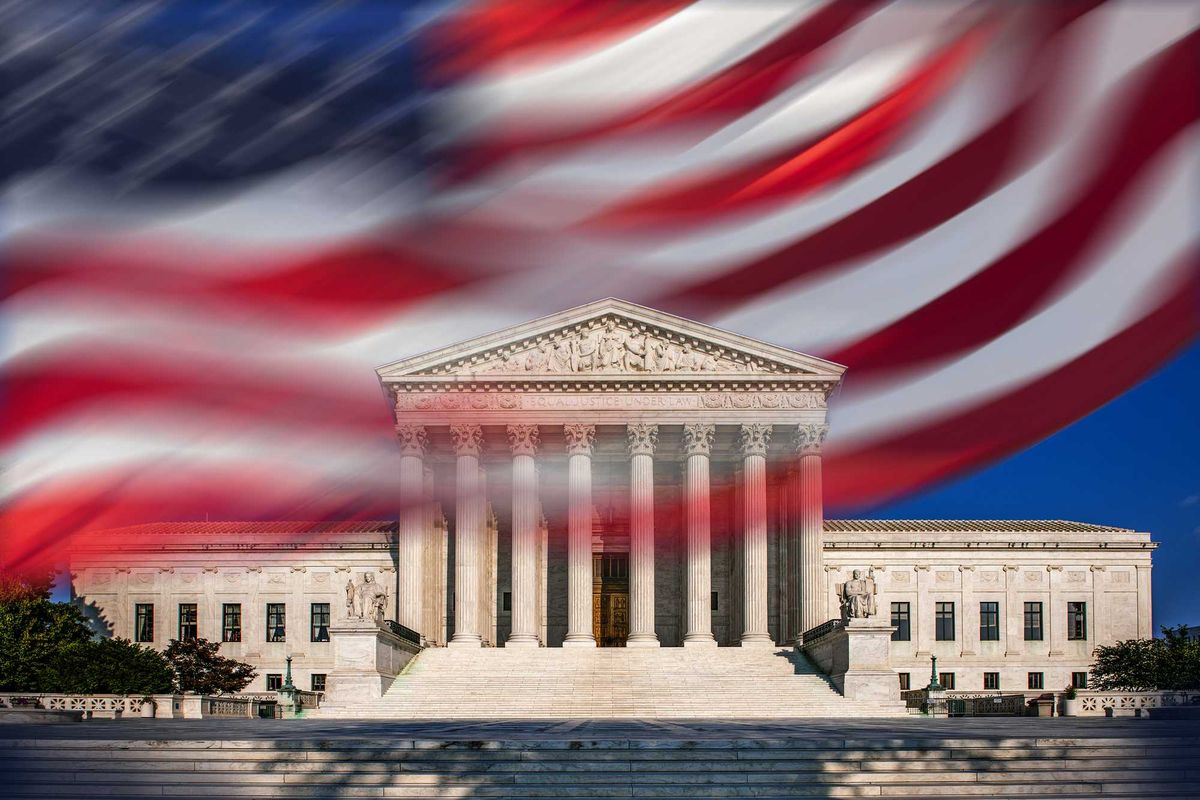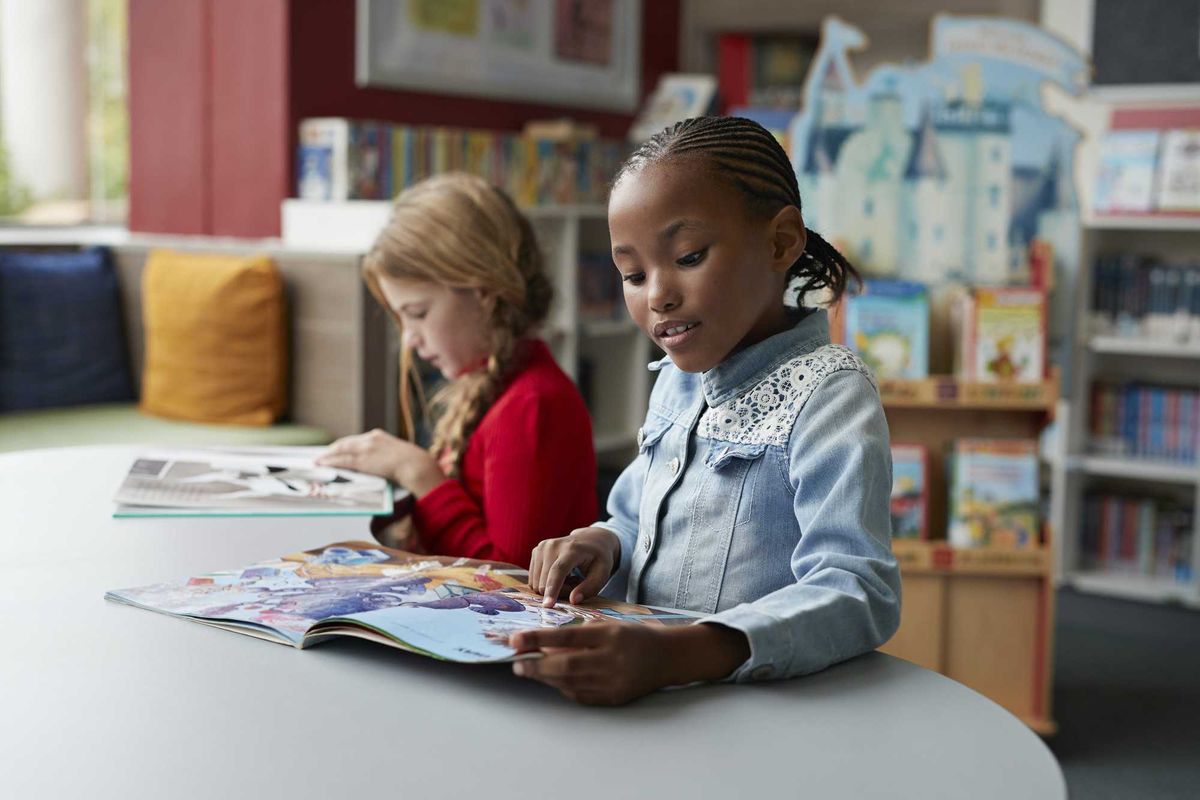LaRue writes at Structure Matters. He is former deputy director of the Eisenhower Institute and of the American Society of International Law.
Despite the red wave fizzling in the 2022 elections, the president’s party still lost seats in the House of Representatives. Because such an outcome has occurred in 16 of the last 18 midterms, expecting it has become conventional wisdom.
But another electoral expectation has been met in 15 of the last 18 presidential elections. Its 83 percent accuracy rate nearly matches the rate of 89 percent for midterm results in the House. Yet the likely presidential outcome remains hidden.
The expectation? That the two parties will take eight-year turns occupying the White House.
This pattern occurs when a party wins two consecutive presidential elections and then loses the next one. Since 1952, there have been only three exceptions to this schedule. Two were defeats following initial victories (Jimmy Carter in 1980 and Donald Trump in 2020), and one was a third victory in a row for Republicans, when George H.W. Bush succeeded Ronald Reagan. That’s it.
This bet on partisan rotation in the White House is harder to see than the comparable bet placed on the midterms. Inconsistency among the factors affecting administrations clouds the picture, but the ultimate outcomes hold:
Eight years of Eisenhower were followed by eight years of Kennedy/Johnson, which were followed by eight years of Nixon/Ford. We broke stride with only four years of Carter, but were back on track when Reagan was reelected. Then Bush I produced a pattern-breaking third Republican victory in a row. The pattern resumed for 24 years with eight years each of Clinton, Bush II and Obama. And then we broke off for just the third time after only four years of Trump.
The variability among the variables isn’t minor. Sometimes unelected incumbents win four more years (LBJ), and sometimes they lose (Ford). International terrorism can hurt the president (the Iran-hostage crisis for Carter) or help (post-9/11 nationalism for Bush II). The threat of impeachment can bring down a president (Nixon) or its actuality can have the opposite or no effect (Clinton is the only president since the Civil War whose party did not lose congressional seats in his second midterm).
Such variability, however, has mattered little for seven decades. Skeptics will say that the sample size of 18 is small, that the Electoral College skews analysis, or that the very nature of presidencies complicates searches for historical patterns. They wouldn’t be wrong.
But the electoral facts since 1952 still lay before us: seven of nine eight-year periods fully conform to the expectation.
One variable may be consistent in helping shape the presidential pattern, but it has appeared only once: The party of an incumbent’s predecessor hurts when it is the same.
Bush I lost his reelection bid in part because he succeeded his ticket-mate for the prior eight years. His election – the only time since Roosevelt and Truman that one party held the White House for more than eight years – was atypical enough. His reelection would have meant years 13-16 of Republicans in the White House, sharply different from the eight-year maximum the public has expressly preferred.
As always, other variables contributed to Bush’s failed reelection bid, but extended partisan control of the White House may have sufficiently lowered his prospects. Counterfactually, the same pressures could have confronted Hillary Clinton had she become president in 2017 via the popular vote; assuming her pursuit of reelection in 2020, she would have faced voters more anxious for change after 12 years in a row of Democratic control of the White House.
Before concluding, it bears noting that the expectation for House midterms is commonly but incorrectly extended to the full Congress, i.e., the entirety of each midterm election. But while the president’s party has tended to lose Senate seats in the midterms, it has only happened 11 of the last 18 times; when the unexpected result – no loss or the gain of seats – occurs seven times (39 percent), that is simply unexceptional.
Like the two exceptions in the House, the presidential exceptions of Carter, Bush and Trump may not have a rule to prove, but they do save our democracy. If expectations cannot be thrown out the window – even only 11 percent of the time in House midterms or 17 percent of the time in presidential contests – citizens would have another reason to question the value of voting.
Healthy elections require adequate turnout to create the legitimating base beneath the government. But more Americans do not vote in presidential elections ( 43 percent of eligible voters since 1980) than vote for the winner ( 29 percent during the same period). Without these three exceptions in 18 presidential elections, or two exceptions in 18 midterms, how low might our already-tenuous turnout have gone?
If these two patterns continue, perhaps perceptions about them might merge. Regardless, we can embrace the fact that exceptions occur, even if rarely. They prevent expectations from becoming rules, which would strangle our democracy.
This column derives from the author’s latest article in the peer-reviewed Election Law Journal, “ We Love the Bill of Rights. Can We Like a Bill of Structures? ”




















